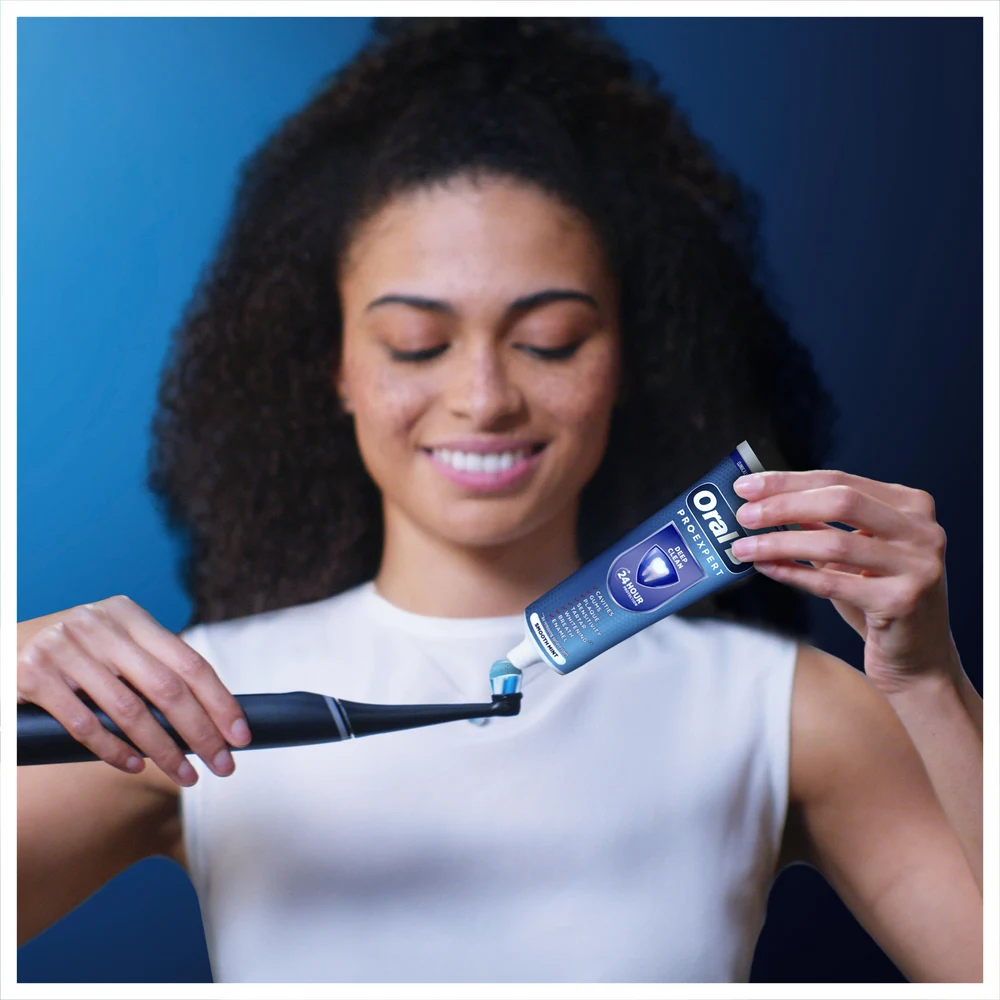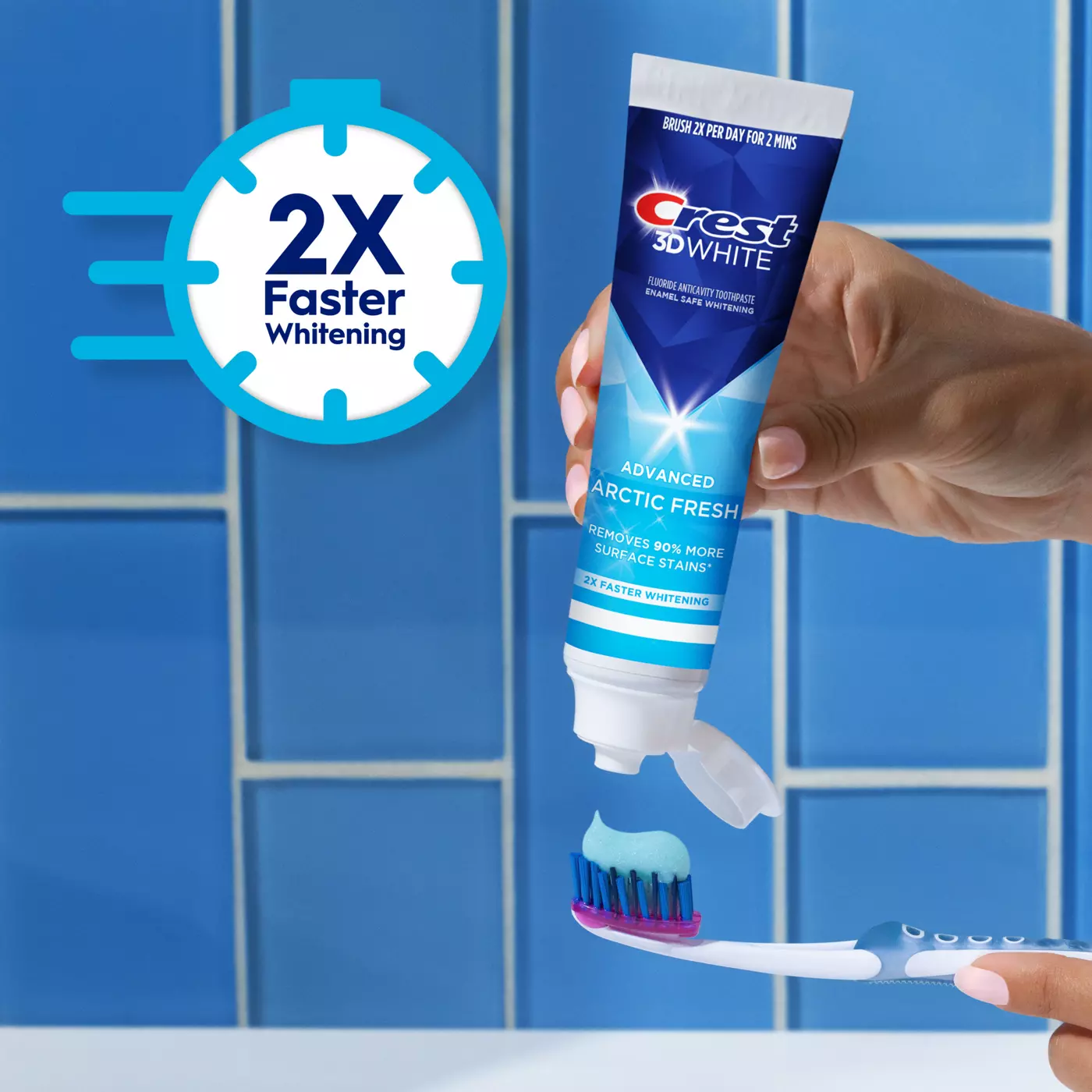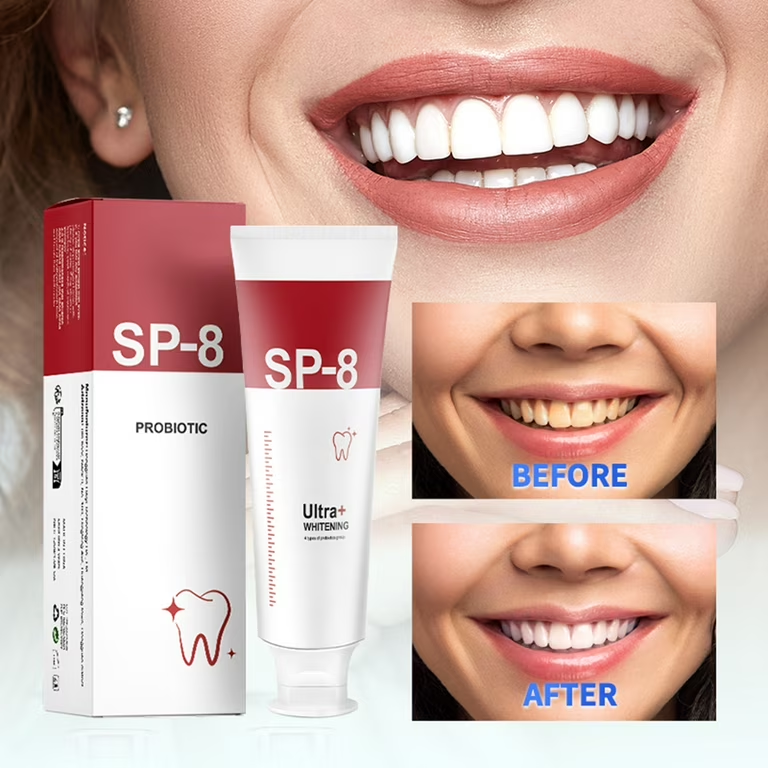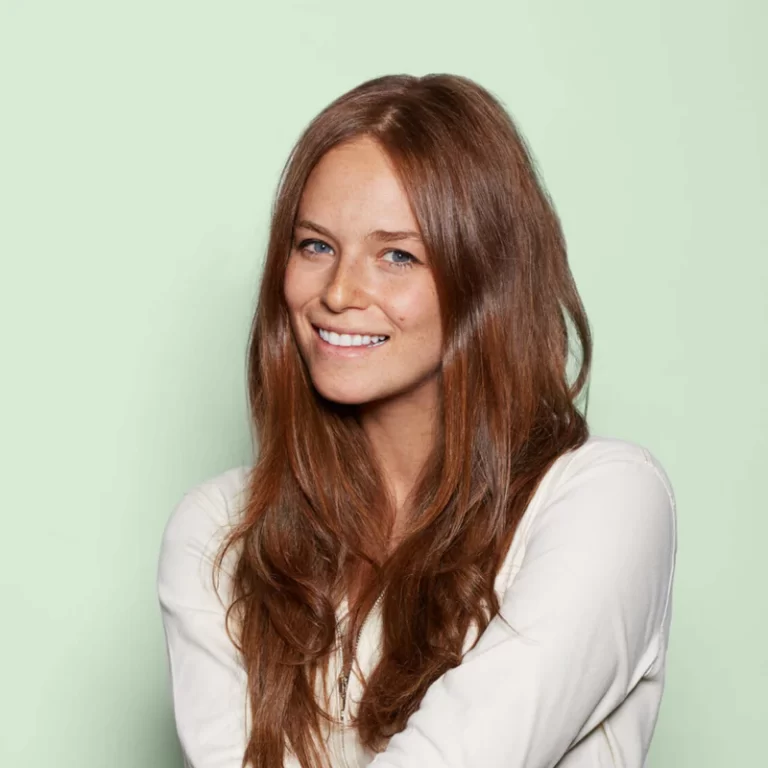
Why is Toothpaste Blue? Unveiling the Secrets
The History of Toothpaste Color Choices
Toothpaste hasn’t always been blue. The journey of toothpaste colors is both fascinating and practical. Initially, toothpaste came in simple, muted tones. They were simply white or cream. These colors spoke to the toothpaste’s basic ingredients, like baking soda.
As the industry evolved, so did the color palette for toothpaste. Companies began to consider the visual appeal of their products. Blue started to emerge during this time. It was fresh and clean against the stark whiteness of bathroom sinks. Moreover, it contrasted well with white teeth, enhancing the perception of effectiveness.
The first blue toothpaste appeared thanks to marketing innovation. Experts realized that people associate blue with cleanliness and freshness. Soon, toothpaste blue became the norm. Brands started to create blue stripes in toothpaste. The stripes did not just add color. They signaled different functions or ingredients. Some were for whitening, others for breath freshening.
Over the decades, toothpaste has explored many other colors too. Red and green entered the mix. Yet, blue has remained consistently popular. This is because of a combination of factors. Culture, psychology, and marketing have all played roles. But blue stands out. It has cemented its place in the world of oral hygiene. That’s why walking down the oral care aisle, we see a sea of blue tubes.
The toothpaste blue trend is more than just a random choice. It’s a calculated decision. Marketers and product developers have steered this choice. They understand the consumer mindset. Blue signifies trust and reliability—qualities we want in a product that cares for our oral health. That’s likely why toothpaste blue is here to stay.

Psychological Impact of Blue in Toothpaste
The color blue carries a distinct psychological impact, crucial in influencing consumer behavior. Due to its association with cleanliness and tranquility, blue effectively calms the mind. This reassures users about the product’s efficacy, even before use. In toothpaste, blue not only enhances visual appeal, it also promotes a sense of trust.
Seeing blue in toothpaste might subconsciously align with ideas of freshness. This makes the act of brushing teeth feel more revitalizing. Furthermore, the color blue typically evokes feelings of reliability and responsibility. It subtly persuades consumers to believe in the product’s quality and effectiveness. Consequently, toothpaste blue could boost user confidence in the brand.
As such, the widespread use of blue in toothpaste is hardly coincidental. It is a studiously crafted strategy to make oral hygiene a psychologically pleasing task. This ensures that customers feel good while linking those positive feelings to a specific toothpaste color.
Ingredients that Make Toothpaste Blue
To give toothpaste blue its vivid hue, specific ingredients are essential. These are mostly coloring agents, which manufacturers select for safety and effect. The most common ingredient is blue dye. This dye blends well with the base to provide a uniform color. Some brands prefer using Blue Dye #1. It is known for its ability to mix without altering the toothpaste’s properties.
Other compounds might include natural options like spirulina. This algae gives a natural blue color. Spirulina is gaining popularity due to its health benefits and natural origin. Despite this, synthetic dyes are more prevalent.
Manufacturers ensure these ingredients are safe for oral use. They must comply with health regulations. This compliance is crucial to maintain consumer trust and product safety. Overall, the choice of ingredients depends on brand values and market goals. Some aim for appealing, vibrant colors. Others focus on natural, chemical-free compositions.

Marketing Strategies Behind Blue Toothpaste
Marketing strategies play a crucial role in why toothpaste is often blue. The color itself is a powerful marketing tool. Brands use blue to stand out on shelves and in advertisements. This strategy taps into the psychological ties people have with the color blue—associations of cleanliness, freshness, and trust. Companies leverage these associations to market toothpaste blue more effectively.
Here are some ways marketers have capitalized on blue toothpaste:
- Brand Identity: By using blue consistently, brands create a recognizable identity. This facilitates brand loyalty among consumers. When shoppers see blue toothpaste, they often think of a specific brand.
- Product Differentiation: Different shades of blue can signify various benefits. A light blue might be for sensitivity control, while a darker blue could indicate tartar protection. This visual differentiation helps consumers quickly identify the product that fits their needs.
- Customer Perception: Blue toothpaste looks striking against the white bristles of a toothbrush. It gives an impression of added cleaning power, which can influence buyer choices.
- Global Appeal: The color blue does not have negative connotations in most cultures. It is safe and appealing on a global scale, making blue toothpaste a choice for international markets.
In conclusion, the use of toothpaste blue is a deliberate marketing strategy. It is grounded not only in aesthetic appeal but also in consumer psychology and cultural acceptance. This strategy has contributed to the dominant presence of blue in the toothpaste section of stores around the world.
Role of Color in Toothpaste Preferences
Color, especially the shade of toothpaste blue, shapes consumer preferences significantly. It plays into the psychology behind purchasing decisions and daily habits. Here’s how color impacts these choices:
- Immediate Attraction: Bright and inviting colors like blue often catch the eye first. This allure can influence someone to choose one product over another.
- Mood Enhancement: Colors have the power to alter moods. Blue, for instance, creates a calming effect that can make the brushing experience more pleasant.
- Flavor Association: Some people link colors to flavors. Blue might evoke a cool mint flavor, making the toothpaste choice more appealing.
- Health Perception: A clear, bright color can give the impression of a clean and effective product. It suggests the toothpaste can deliver a good oral health outcome.
In conclusion, color is a silent salesman. It can influence taste, mood, perceived effectiveness, and even health expectations. Because of this, toothpaste brands place great emphasis on their choice of color. As toothpaste blue suggests trust and freshness, it inevitably sways many customers’ preferences.

The Functionality of Different Toothpaste Colors
Toothpaste colors serve more than just aesthetic functions—they can signal specific benefits. Manufacturers often use colors as visual cues for consumers. Let’s explore how various colors correlate with different functionalities:
- White Toothpaste: Traditional white often contains simple ingredients like baking soda. This color implies classic cleaning and is generally perceived as a basic option.
- Red Toothpaste: This color usually suggests added benefits, such as gum health or extra freshness. Red can indicate a toothpaste that offers more than just cavity protection.
- Green Toothpaste: Green often implies herbal or natural ingredients. People see green and think of natural wellness and holistic care.
- Blue Toothpaste: As mentioned already, toothpaste blue signals freshness and trust. Different shades of blue may also imply other benefits like whitening or tartar control.
Beyond these primary colors, many toothpaste brands blend colors, resulting in striped toothpastes. These stripes can visually communicate a combination of benefits. For example, a mix of white and blue might suggest both basic cleaning and fresh breath.
Manufacturers craft these color codes to help consumers quickly identify the type of toothpaste they need. This visual guidance aids in making informed purchases. Toothpaste colors act as a bridge between function and choice, simplifying decision-making for shoppers.
In the realm of oral hygiene, color plays a vital role. It is not only about the vibrancy it adds to the product but also the useful hints it provides about the toothpaste’s utility. As marketing evolves, so does the color coding of toothpaste, but the function-based color strategy continues to be a staple in the industry.
The Future of Toothpaste Colors in the Industry
The toothpaste industry is always evolving. As consumer preferences shift, so might the colors we see in toothpaste. Here’s a look at what might influence future trends:
- Innovation in Oral Care: Advances in oral hygiene could lead to new toothpaste colors. For example, developers might introduce colors that change as they clean, showing effectiveness.
- Increased Demand for Natural Products: As more consumers seek natural products, we could see earth tones or no color at all becoming popular.
- Personalization: There’s a growing interest in personalized products. Toothpaste might come in a variety of colors to match individual preferences.
- Regulations: Changing health and safety standards can affect coloring agents used. This might result in a shift to more natural coloring sources.
- Cultural Influences: Different cultures have different color associations. Global brands may adapt their colors to suit local market preferences.
In conclusion, the toothpaste blue we know today might stay, but it won’t be alone. We can expect more colors, influenced by health trends, personalization, and global diversity.

Comparing Natural vs Synthetic Coloring Agents in Toothpaste
When it comes to coloring toothpaste blue, the choice between natural and synthetic agents is critical. Here’s an overview of how each type compares in terms of safety, efficacy, and consumer preference.
Natural Coloring Agents
Natural colorants, such as spirulina, offer a safer, more environmentally friendly option. They derive from natural sources like plants and algae. Users often perceive these natural dyes as healthier. However, natural colors can vary in intensity and stability.
Synthetic Coloring Agents
Synthetic dyes, like Blue Dye #1, provide consistent, vivid colors. They are easy for manufacturers to blend into toothpaste. Although effective in achieving a uniform toothpaste blue, they can raise health concerns. Some consumers prefer avoiding synthetic dyes due to these concerns.
In conclusion, both types of dyes have their pros and cons. The choice often depends on brand ethos, market goals, and consumer awareness. As the industry evolves, the preference for more natural options may grow. However, synthetic dyes will likely remain popular due to their striking visual appeal and cost-effectiveness.

